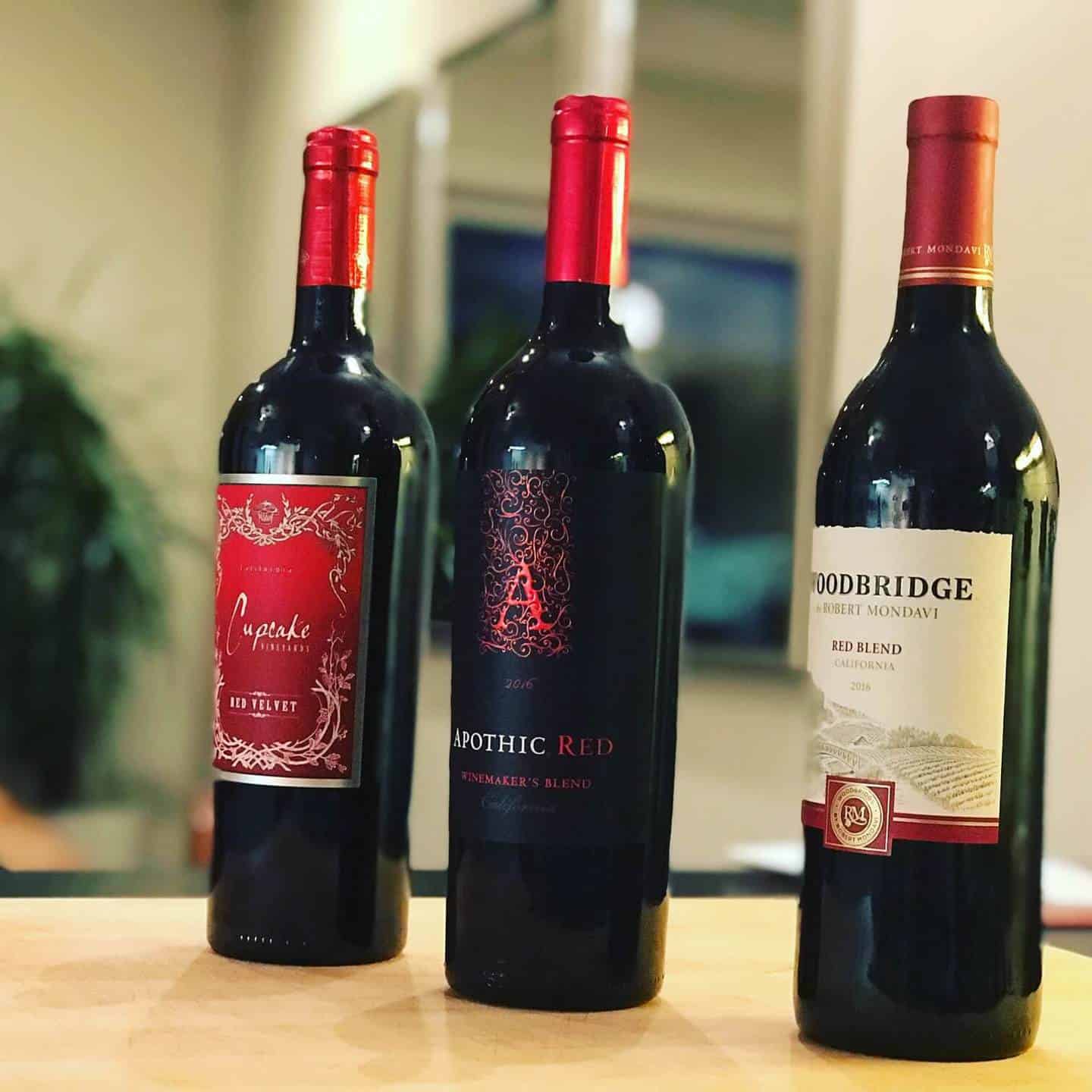Making wine may seem difficult however it’s actually quite easy. Yeast (with a sulfite added) along with sugar are the most basic ingredients.
Sulfites prevent the wine from spoiling during fermentation. If properly stored in cool, dark locations with additional sulfites added before bottling, wine will also remain stable on the shelf.
1. Grapes
When making wine, first select grapes of high quality. The grapes should be firm, ripe and sweet-tasting. It is also important to note the amount of clusters per vine they have – this can provide an estimation of how much wine your vines are likely to make (remember that a bottle of wine will require 10 clusters/bottles, that’s why you’ll need 40 clusters to make each wine).
Once you’ve chosen your grapes, remove the stems and crush the grapes to let out their juices. Destemming is crucial to make an elegant, smooth wine. After that, add them in a large bucket that is sanitized and then dissolve the yeast in a little warm water for it to be hydrated prior to adding it to the grape juice. สมัครสมาชิก isn’t necessary to add sugar although it’s often added to help the wine ferment quicker and achieve higher alcohol levels. It is also useful for reducing the acidic spirity taste that some wines contain.
2. Sugar
The process to turn grapes into wine, whether you use kits for wine making or prepare it from scratch, is fairly simple. However, if you’re starting with scratch, there are specific steps to be completed before wine starts to ferment.
The grapes should first be cleaned and stemmed. After the wine is ready and ready to go, they’ll need transferred to a large saucepan and mixed in with sugar. After the sugar is dissolved, the mixture will need to be heated until it’s at 300°F.
The thermometer must be placed into the pan for monitoring the temperature. Also, you can test your juice with an hydrometer or refractor for determining its concentration (degBrix). It is crucial to reduce the sugar level to a suitable amount once the number has been determined.
3. It is a yeast
Yeast is the key ingredient that makes wine. It is responsible for turning the grape juice’s sugar into alcohol. The yeast also produces carbon dioxide which helps keep the fermentation liquid bubbling.

A majority of wine ingredient kits as well as cookbooks will advise that you sprinkle the yeast directly onto the juice. However, it is recommended to immerse the yeast into warm water before you add it. Rehydration is the process of returning dormant and dry yeast into a state of natural.
The gross lees is a creamy, thick substance that develops when yeast dies. It then sinks into the lower part of. Gross lees help to give wine the appearance of a more full mouth. It is also used in white wines that have been aged in barrels, in a process known as batonnage. However, most wines do not need to be aged in gross lees.
4. Fermentation
The process of making wine can be easy or quite complicated, depending on the type of fruit you choose to use. The reason for this is that there various small differences and variations which all make a difference in the quality or disgrace of a particular wine.
To make fermented wines, the first thing to do is to crush grapes. The juice that comes from the process (called “must”) will be removed. You can use the hands of your fingers or using a stomping tool, you can crush grapes.
Then, you add sugar to the then add sugar to the. As the sugar present in fruit isn’t strong enough to trigger fermentation, the use of granulated sweetener usually used. Yeast Nutrient can also be included to aid in encouraging yeast.
After the sugar is dissolved it is time for fermentation. After the fermentation process is complete it will be transferred into a carboy. The must needs to be stored at a temperature of cool and dark location for a period of 3 to 6 months. Each day, twice a day, the must needs to be “punched down” with a clean paddle or spoon to remove the sediment that’s developed at the top in the bottle. The purpose of this is to ensure that the fermentation does not get stuck as well as to create a healthier finished wine.
5. Filtering
The process of filtration is a crucial step in preparing your wine prior to bottling. Filtering will eliminate all yeast residue and particles as well as unpleasant aromas or tastes. This will also help to clarify your wine to make it more solid and less likely to cause re-fermentation within the bottle.
Filtering isn’t necessary in any wine. Fruit wines, such as ones made from apple grape juice, mango or peach, are usually exempt from filtering. The wines are designed to be consumed quickly, which is why they don’t need a long aging period. The process of filtering can begin immediately after the fermentation is finished or right before the bottling.
Home winemakers are able to filter the wine they make using simple paper filters. The filters that are most commonly used stop just below 0.2u (or two tenths) of a micron. It means that a majority of wine’s color compounds as well as phenolic compounds go through the filter.
6. Bottling
If your wine is at the point to be bottled, it’s time to bottle it. Prior to putting it in bottles, make sure the wine’s protection from oxygen. The best method is to utilize a fermentation bucket with an airlock. Clear mason jars could also work provided you seal them well. Gases that are inert like nitrogen or Argon can be utilized for covering the wine within only a brief period of time.
A tablet containing pectic-enzyme, found in many stores that sell homebrewed beer helps accelerate the process of the filling of your bottles. However it is not essential. After that, siphon the wine into new bottles. Make sure to wash the equipment as well as bottles in between refills.
In this point, you’ll require a tasting of the wine even though it is rough and not matured, to ensure that everything balances out. You can add the sugar or acid in this stage if you want to.
